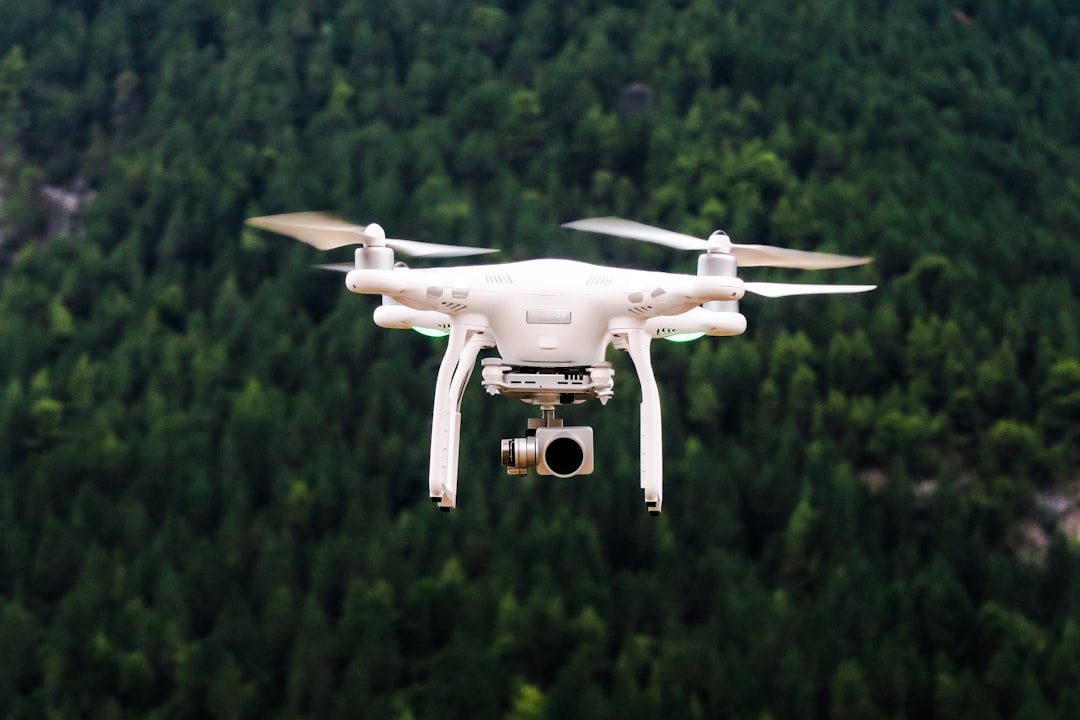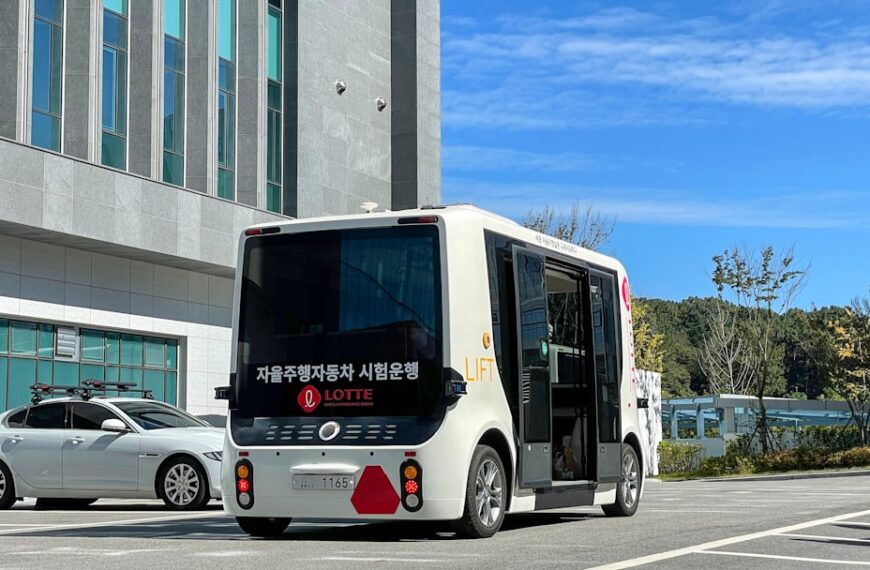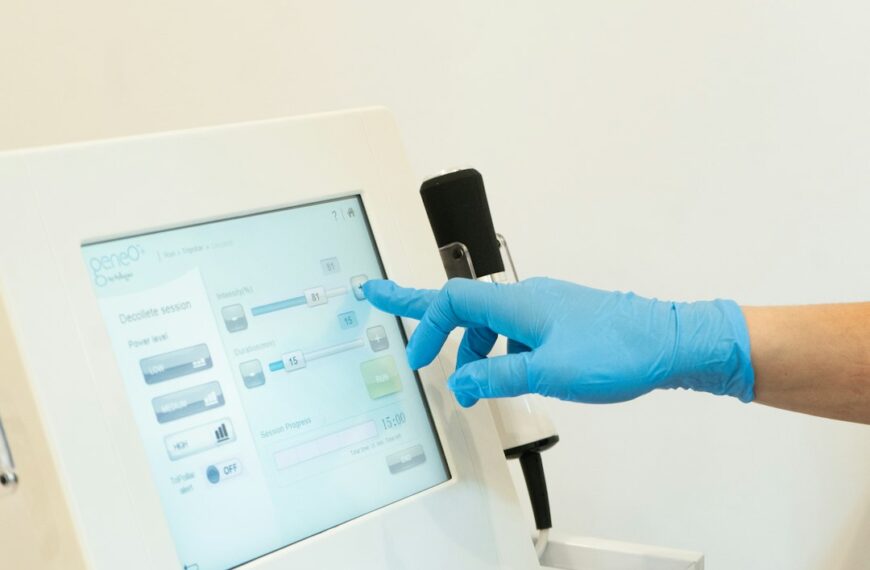The whirring of rotors, the silent descent of a package to your doorstep – drone delivery is no longer a futuristic fantasy. It’s a technology rapidly gaining traction, promising faster, more efficient, and potentially cheaper delivery options. But before swarms of autonomous aircraft fill our skies, a complex web of legal and regulatory hurdles needs to be untangled. This post explores the key legal challenges shaping the future of drone delivery and how they’re being addressed.
One of the biggest hurdles is airspace management. Currently, our skies are largely unregulated for commercial drone operations beyond the line of sight. Ensuring safe and efficient integration of drones into existing air traffic control systems is paramount. This requires robust technological solutions like advanced drone detection and avoidance systems, as well as clear guidelines on designated flight paths and altitudes. National and international collaborations are critical in creating a harmonized system to prevent mid-air collisions and maintain overall airspace safety.
Privacy concerns are another significant challenge. Drones equipped with cameras raise legitimate questions about surveillance and data protection. Regulations need to strike a balance between allowing the use of drone cameras for delivery purposes and safeguarding individuals’ privacy rights. This includes clear guidelines on data collection, storage, and usage, as well as mechanisms for redress if privacy is violated. The implementation of privacy-enhancing technologies, like data anonymization, could play a vital role here.
Liability and insurance are equally important. Accidents, however rare, are inevitable. Clear legal frameworks are needed to determine liability in case of accidents – who is responsible if a drone crashes, causing damage or injury? Comprehensive insurance schemes specifically designed for drone operations are essential to protect both operators and the public. The complexities of determining liability in cases involving multiple parties, such as drone operators, manufacturers, and third parties, require careful consideration.
Beyond these key areas, other legal challenges include data security (protecting delivery information from cyberattacks), environmental regulations (minimizing noise and emissions), and labor laws (governing the employment of drone pilots and maintenance personnel).
Governments worldwide are actively working to create regulatory frameworks that support innovation while mitigating risks. The establishment of clear guidelines, robust safety standards, and effective enforcement mechanisms are crucial for the responsible and sustainable growth of the drone delivery industry. The journey toward widespread drone delivery is paved with legal complexities, but the potential benefits – from faster delivery times to improved access to goods in remote areas – are too significant to ignore. The future of drone delivery hinges on the ability of lawmakers and industry stakeholders to navigate these challenges effectively and collaboratively.









